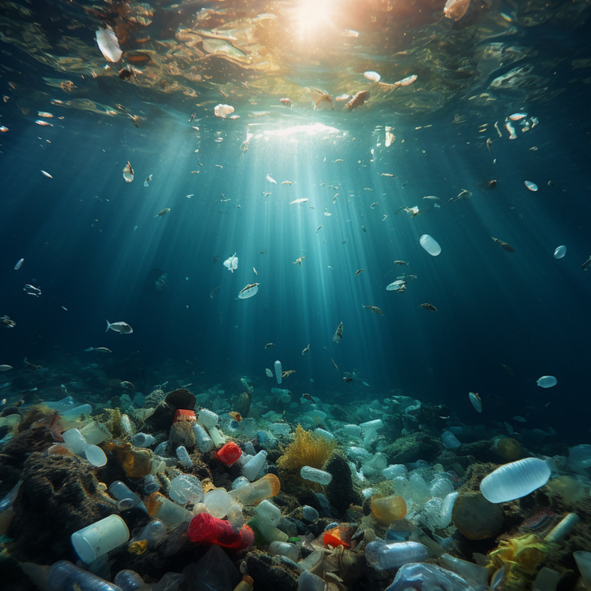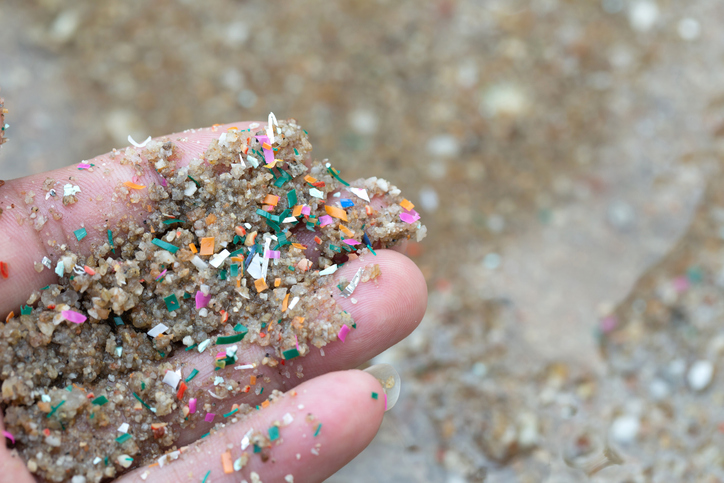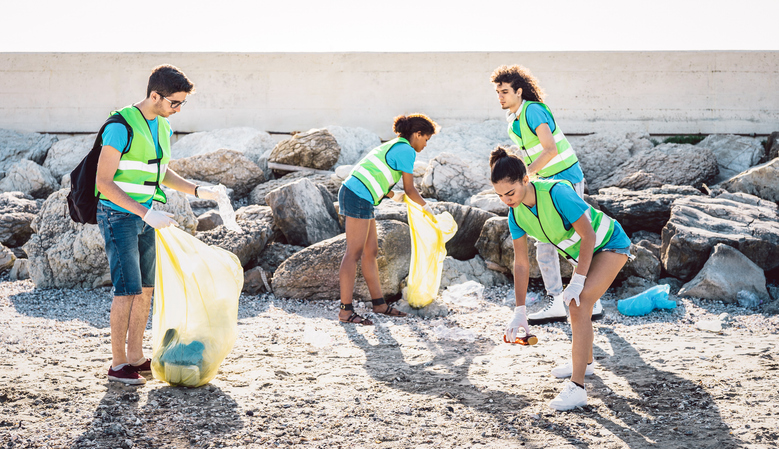The world’s oceans and beaches, once pristine and teeming with life, are now under siege from an ever-growing threat: plastic pollution. This problem, which has escalated over the past few decades, poses severe risks to marine ecosystems, wildlife, and human health. Understanding the scope of this issue, the dangers associated with plastics and microplastics, and the actions we can take to mitigate the problem is crucial for the preservation of our natural environment.
The Scope of the Problem
Plastic pollution in the oceans is a pervasive and persistent problem. Each year, an estimated 8 million tons of plastic waste enters the oceans, adding to the already staggering amount of debris floating in our waters. This waste originates from a variety of sources, including discarded fishing nets, single-use plastic products, and microbeads from personal care products.

Beaches across the globe, from remote islands to popular tourist destinations, are littered with plastic debris. The Great Pacific Garbage Patch, a massive accumulation of plastic waste located between Hawaii and California, exemplifies the scale of oceanic plastic pollution. This floating island of trash, spanning an area twice the size of Texas, contains an estimated 1.8 trillion pieces of plastic.
The Dangers of Plastics and Microplastics
Plastics in the ocean are more than just an eyesore; they pose significant dangers to marine life and ecosystems. Marine animals, including turtles, birds, and fish, often mistake plastic debris for food. Ingesting plastic can lead to malnutrition, intestinal blockage, and even death.

Entanglement in plastic waste, such as discarded fishing nets, can cause injuries or prevent animals from swimming and feeding effectively.
Microplastics, which are tiny plastic particles less than 5 millimeters in size, represent a more insidious threat. These particles originate from the breakdown of larger items or are intentionally manufactured for use in products like exfoliating scrubs. Microplastics can be ingested by a wide range of marine organisms, entering the food chain and potentially reaching humans. Studies have shown that microplastics can cause cellular damage, inflammation, and toxic effects in marine organisms, which may have implications for human health.
You Can Help Us Achieve Our Mission!
What We Can Do to Help
Addressing the plastic pollution crisis requires concerted efforts from individuals, communities, governments, and industries. Here are some actions we can take to help solve the problem:
- Reduce Plastic Use: Limiting the use of single-use plastics, such as straws, bags, and bottles, is a critical step. Opt for reusable alternatives made of sustainable materials.
- Participate in Clean-Up Efforts: Joining local beach clean-ups or participating in global initiatives like the Clean Coast Crew can help remove plastic debris from shorelines and prevent it from entering the ocean. Can't participate? Consider a donation to the cause to help those who can.
- Support Legislation: Advocate for policies that restrict the use of single-use plastics, improve waste management systems, and promote recycling. Support bans on microbeads in personal care products.
- Educate and Raise Awareness: Spread awareness about the plastic pollution crisis through social media, community events, and educational programs. Inform others about the impact of plastics on the environment and how they can help.
- Innovate and Invest in Solutions: Support and invest in technologies and businesses that aim to reduce plastic production, develop biodegradable alternatives, and improve recycling processes.
Conclusion
The plastic litter problem in our oceans and beaches is a critical environmental issue that requires urgent attention and action. By understanding the scope of the problem, recognizing the dangers posed by plastics and microplastics, and taking proactive steps to reduce plastic waste,

we can protect marine ecosystems and ensure a healthier planet for future generations. Each small action contributes to a larger movement toward a cleaner, more sustainable world.
